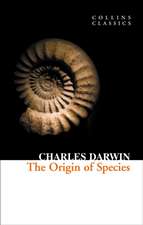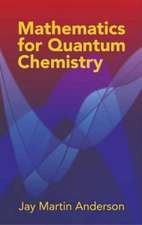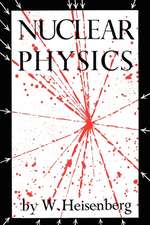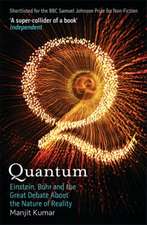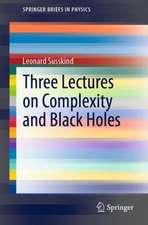Relativity: The Special and General Theory
Autor Albert Einsteinen Limba Engleză Paperback – 16 mai 2018
Preț: 112.43 lei
Nou
21.52€ • 22.29$ • 17.96£
Comandă specială
Livrare economică 24 februarie-03 martie
Specificații
ISBN-10: 0649026896
Pagini: 194
Dimensiuni: 156 x 234 x 10 mm
Greutate: 0.28 kg
Editura: LIGHTNING SOURCE INC
Descriere
2010 Reprint of 1920 First English Edition. First English translation of Einstein's theory of relativity. In this work Einstein intended, as far as possible, to give an exact insight into the theory of Relativity to those readers who, from a general and scientific philosophical point of view, are interested in the theory, but who are not conversant with the mathematical apparatus of theoretical physics. The theory of relativity enriched physics and astronomy during the 20th century. When first published, relativity superseded a 200-year-old theory of mechanics elucidated by Isaac Newton. It changed perceptions. For example, it overturned the concept of motion from Newton's day, into all motion is relative. Time was no longer uniform and absolute, as related to everyday experience. Furthermore, no longer could physics be understood as space by itself, and time by itself. Instead, an added dimension had to be taken into account with curved space-time. Time now depended on velocity, and contraction became a fundamental consequence at appropriate speeds.
Notă biografică
Cuprins
Recenzii
'Much of the book is a delight.' - Stephen Battersby, New Scientist
'[Einstein] is a far better populariser of science than Stephen Hawking ... you'll feel as though you have a ringside seat at a revolution in human understanding.' - Guardian

